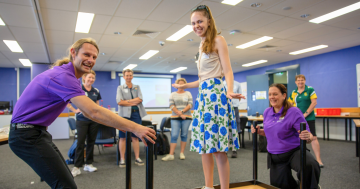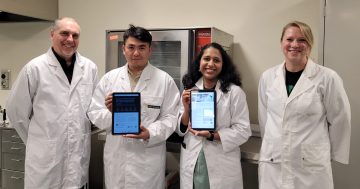 The Department of Industry, Science, Energy and Resources has released its second national data report on girls and women in science, technology, engineering and mathematics (STEM).
The Department of Industry, Science, Energy and Resources has released its second national data report on girls and women in science, technology, engineering and mathematics (STEM).
The Department’s STEM Equity Monitor 2021 reports on the current state of STEM gender equity in Australia and measures changes and trends.
The report explores the pathway of girls’ and women’s participation in STEM through schooling, higher education, graduate outcomes and the workforce.
In a statement, the Department said this year’s edition collected and integrated data from a wider range of sources, bringing them together in one place.
“For the first time we include longitudinal data looking at the career transitions of women who graduate with STEM qualifications,” the Department said.
We also look at how parents, teachers and career advisers perceive STEM, as the key influencers of young people’s study and career aspirations.”
The Department said the 2021 monitor showed some real improvements for girls and women’s representation and participation in STEM study and careers.
“These improvements show that the collective efforts being led by the education, research and business sectors, as well as by Government, are starting to have an impact,” it said.
However, more change was needed to achieve gender equity in STEM in Australia by 2030.
Some key findings in the monitor included that women still made up less than a quarter of students studying STEM in 2019, while five years after graduating, men with a STEM qualification were 1.8 times more likely to be working in a STEM-qualified occupation compared to their women peers.
The monitor found that 90 per cent of parents agreed that a STEM-skilled workforce was important for the Australian economy. They also agreed that mathematics (89 per cent) and technology skills (89 per cent) were important for future employment.
Further information on the report can be accessed at this PS News link.











